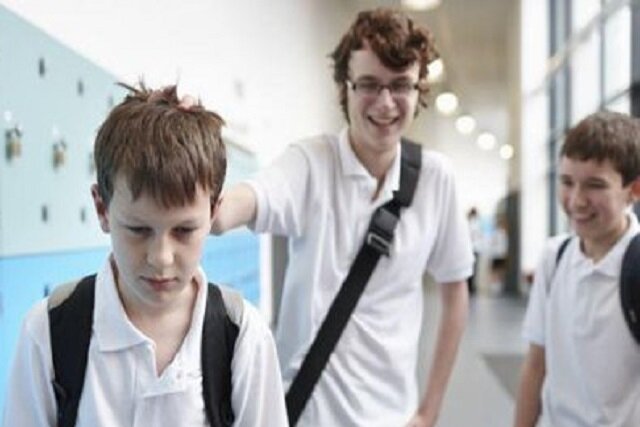
Bullying in schools is an unfortunate phenomenon that not only causes psychological and academic harm to children and adolescents, but also leaves long-term consequences in their lives.
According to the report of None_ Bullying is a form of interpersonal aggression that is prevalent in most human societies, especially among adolescents. This behavior may manifest itself in various forms ; from physical violence such as beatings to verbal insults or even social exclusion and gossip. Schools are one of the environments where bullying is most prevalent and is known as one of the factors threatening students’ sense of security. According to psychological theories, the need to feel safe is one of the most important human needs after basic physical needs, and if it is not met, students’ mental health and academic performance are affected.
In Iran, too, numerous reports show that bullying is highly prevalent among students. Some studies have reported that the rate of students’ involvement in various roles in this phenomenon is as high as 37%. Students who appear in the role of bullies often have characteristics such as aggression, a tendency to dominate, low social skills, and an inability to express emotions. On the other hand, victimized students also suffer from problems such as depression, anxiety, academic failure, and even suicidal thoughts. Bullying is not only a temporary problem, but also leads to psychological and social harm in adulthood. Therefore, the need for effective and scientific interventions to combat it is quite tangible.
In this regard, Seyyed Adnan Hosseini, assistant professor of the Department of Educational Sciences at Farhangian University of Tehran, in collaboration with the University of Tabriz, conducted a study to investigate the effectiveness of a comprehensive anti-bullying educational program. This program is designed to combat bullying behaviors among first-year secondary school students and attempts to help reduce this type of behavior by involving all elements of the school, including parents, teachers, and the students themselves.
The research method was quasi-experimental. Two schools in Sanandaj were purposefully selected, one of which was considered an experimental school and the other as a control group. Initially, the level of bullying in both schools was measured using a validated questionnaire. Then, the designed training program, including sessions for principals, teachers, parents, and students, was implemented only in the experimental school. After the program ended, the level of bullying in both schools was measured again and compared.
The results showed that the program significantly reduced bullying behavior in the experimental school. This reduction was greater for verbal (such as insults and ridicule) and physical (such as hitting) bullying than for emotional (such as exclusion). Statistical analyses also confirmed this positive effect, with a significant difference between the two schools.
The program was also effective in reducing all three main forms of bullying. Students were taught how to behave better in different roles, including bully, victim, and even bystander. Parents were also taught how to recognize, prevent, and deal with bullying, and teachers were given tools to create a safe and supportive classroom environment.
This study is the first scientific effort in the country to design and evaluate a comprehensive anti-bullying program. Its significance lies in the fact that by combining multiple levels of influencing factors from the school environment to the family, it showed that comprehensive and participatory approaches can play a key role in reducing bullying.
The program in question is designed based on valid socio-psychological theories and is consistent with successful global models such as programs implemented in Finland, the United States, Australia and other countries. In fact, bullying is not only an internal behavior, but is also influenced by family conditions, the school environment, the classroom atmosphere and the way students interact. Intervention at all these levels can disrupt the path of bullying formation.
The results of the above study indicate that the education system can take a serious step towards reducing violence and improving the mental health of students by implementing programs like this.
This research, the results of which were published in the “Quarterly Journal of Modern Psychological Research” affiliated with the University of Tabriz, can be a model for designing educational policies in the country.







